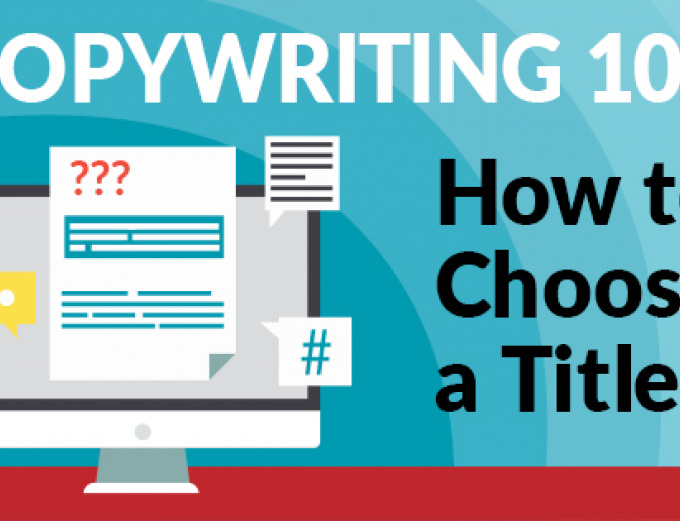Setting the Right Tone in Your Marketing Content
by Lisa Sisley on July 26, 2021
Tone is the attitude your writing conveys to your reader. Formal, chatty, snarky, judge-y, rah-rah, condescending, supportive…if you can feel it, you can write it.
The problem with conveying tone in writing is that it can be very subjective and open to misinterpretation. If you’re speaking IRL with someone — even over Zoom — you have the benefit of facial expressions and voice inflections to help you interpret each other’s intentions. But in writing, you don’t have that advantage, and readers aren’t always accurate in how they interpret what they read — just check out your social media feeds if you doubt it. And if you’re writing for a specific marketing purpose — to sell, to persuade, to gain support, to raise awareness — it’s crucial that you help your potential customer by being very clear about your intent through the tone you impart.
Tone comes through in virtually every element of your writing. Word choice, length of sentences and paragraphs, punctuation, abbreviations, even typography — all these elements and more affect how your readers interpret and interact with your writing.
- We need to talk about tone in writing. (Serious/ominous)
- Let’s talk about tone in writing. (Conversational/friendly)
- Are you kidding me? (Incredulous)
- Are you KIDDING me? (Angry/disgusted)
- So excited to share this blog with you. (Sarcasm?)
- So excited to share this blog with you! (Actually excited)
- Way to go. (Yikes; you messed up)
- Way to go! (Congrats!)
A slight change in tone can cause your reader to interpret completely different intentions, even when what’s written is essentially the same. And be especially careful when texting, which is notorious for unclear tone and misunderstanding. Use emojis freely for clarity. Really, they help! Also, among younger people, end punctuation is purposely omitted because it’s often considered accusatory or confrontational. Language and how we use it is constantly changing!
HOW DO YOU CHOOSE THE TONE?
When you’re trying to get the tone right, you just have to answer two questions: Why are you writing? And to whom? Once you answer those questions, the appropriate tone should become fairly evident. (Unless your answers are, “To sell all the things.” And “To everybody.” These aren’t the right answers. Ever. Think harder, please!)
Remind yourself often about your purpose and audience as you write. Keeping these factors front of mind will keep you on target and appropriate in tone.
CONSIDER WHY YOU’RE WRITING
If you’re writing a social media post about your adorable office pets, your tone will be completely different than if you’re composing a complaint letter to a vendor who sent you shoddy office supplies.
Whether you want to persuade or inform or sell or enrage, keep your purpose firmly in mind, which will not only help you adopt the right tone but will also help you stick to the point!
CONSIDER WHO YOU’RE WRITING FOR
Think about your target audience — who pops into your head when you think about “client” or “customer” or “donor” or “enthusiast” or whatever word best describes the type of person you’re trying to reach? What are their characteristics? What do they care about? What sort of tone do you adopt when you’re speaking with them directly?
Don’t worry about choosing a tone that will suit everybody. Aim your tone at the people you really want to reach. It doesn’t matter that everybody can’t relate to what you’re saying, or enjoy how you’re saying it. Focus on the folks who really matter.
However, there’s no need to alienate or offend folks who aren’t your target audience. You don’t have to please everyone, but you should certainly avoid hurting people as well. Focus on bonding with your audience, not excluding those who aren’t your audience.
GENERAL TONE TIPS
- Set the tone from your first sentence and keep it consistent because tone holds your reader’s attention and helps establish the right relationship.
- Passive voice (where something is done by someone vs. someone does something) is formal, can bore the reader and also gives the subtle impression you’re trying to hide something. Passive: “The mushrooms were eaten by gnomes.” Active: “The gnomes ate the mushrooms.” Active, direct sentences are usually preferable, even in formal writing.
- Avoid jargon, high-falutin’ words and complicated constructions. Don’t worry too much about trying to impress. Focus on communicating. If your readers can’t understand what you’re saying, they can’t buy what you’re selling.
- Get your first draft down as straightforwardly as possible, taking your best shot at getting the tone right. Just get your thoughts on the screen or in your Moleskin or on sticky notes, whatever floats your boat. Maybe you’ll hit the mark tone-wise right off the bat. Read what you wrote out loud and see how it sounds to your ear. Consider how your target audience will accept it — will they respond well, or be put off? Have someone else read it, too. Be open to their suggestions.






